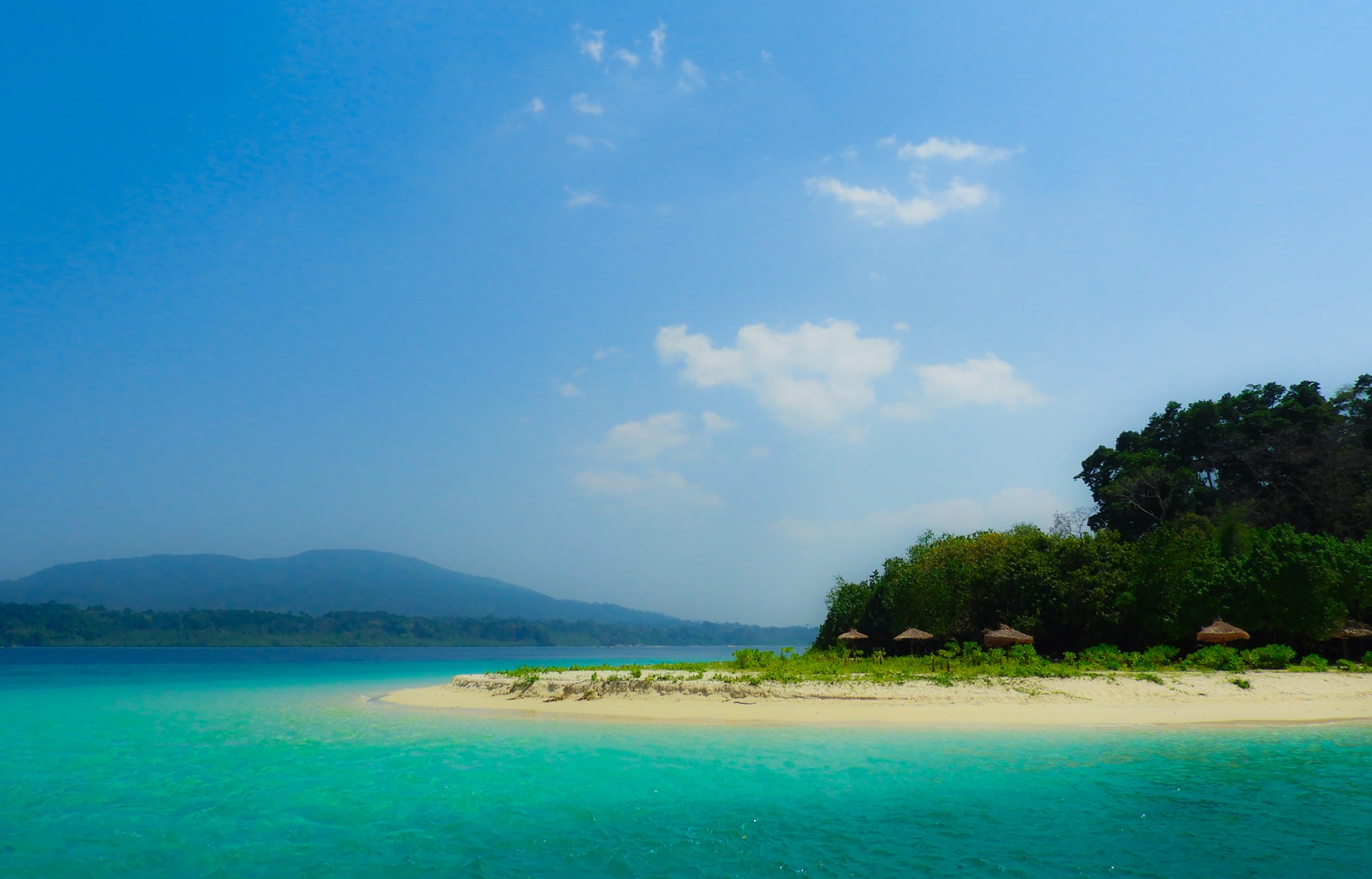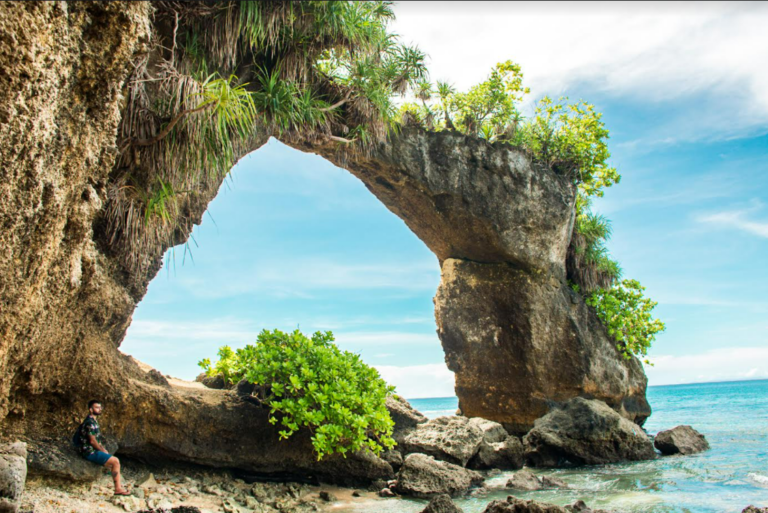“Andaman Tour: Your Ultimate Gateway to Island Bliss”
Jolly Buoy Island, nestled in the azure waters of the Andaman and Nicobar archipelago, stands as a testament to nature’s grandeur. This hidden gem has gained popularity among travelers for its pristine beaches, rich marine life, and vibrant coral reefs.
Overview of Jolly Buoy Island
Jolly Buoy Island is a part of the Mahatma Gandhi Marine National Park and is known for its untouched beauty. It is a must-visit destination for those seeking a tranquil escape from the hustle and bustle of city life.
Importance of Jolly Buoy Island
Beyond its aesthetic appeal, Jolly Buoy Island holds ecological significance. The delicate balance of flora and fauna on the island contributes to the overall biodiversity of the region.
Natural Beauty
Pristine Beaches
The island boasts beaches with powdery white sands and crystal-clear waters, providing an idyllic setting for relaxation and rejuvenation.
Rich Marine Life
Jolly Buoy Island is a haven for marine enthusiasts, offering a mesmerizing display of vibrant fish and other aquatic creatures.
Coral Reefs
The coral reefs surrounding the island create an underwater spectacle. Snorkeling and scuba diving enthusiasts are in for a treat as they explore these diverse ecosystems.
Flora and Fauna
Unique Plant Species
The island is home to a variety of endemic plant species, adding to its allure for nature lovers and botanists.
Diverse Wildlife
Jolly Buoy Island supports a diverse range of wildlife, including several species of birds, reptiles, and butterflies.
Snorkeling and Scuba Diving
Underwater Adventures
For adventure seekers, the underwater world of Jolly Buoy Island offers a kaleidoscope of colors and marine life, making it a prime destination for snorkeling.
Coral Watching
Scuba diving allows visitors to delve deeper into the vibrant coral reefs, providing an immersive experience with the island’s underwater wonders.
Conservation Efforts
Eco-friendly Tourism
Efforts are in place to promote eco-friendly tourism, ensuring that visitors leave minimal impact on the island’s delicate ecosystems.
Protection of Marine Ecosystems
Conservation initiatives play a crucial role in safeguarding the marine ecosystems surrounding Jolly Buoy Island, preserving them for future generations.
Getting There
Transportation Options
To reach Jolly Buoy Island, visitors can opt for ferries or boats from nearby islands, providing a scenic journey to this natural haven.
Permits and Regulations
Due to its protected status, obtaining permits is necessary. This measure helps in regulating the number of visitors, contributing to the preservation of the island.
Best Time to Visit
Weather Conditions
Understanding the weather patterns is key to planning a visit, ensuring a delightful experience without disruptions.
Peak Tourist Seasons
Knowing the peak tourist seasons helps in avoiding crowds, allowing for a more intimate connection with the island’s beauty.
Local Culture and Cuisine
Interacting with Locals
Engaging with the local community provides insight into the cultural richness of the region, enhancing the overall travel experience.
Trying Authentic Cuisine
Sampling local dishes introduces visitors to the unique flavors of the Andaman and Nicobar Islands, creating lasting memories.
Accommodation Options
Hotels and Resorts
Various accommodation options cater to different preferences, from luxurious resorts to cozy budget-friendly stays.
Budget-Friendly Stays
For budget-conscious travelers, there are affordable options that still offer comfort and convenience.
Travel Tips and Safety Measures
Health Precautions
Being aware of health precautions, such as staying hydrated and using sun protection, ensures a safe and enjoyable visit.
Responsible Tourism Practices
Adopting responsible tourism practices, such as minimizing plastic usage, contributes to the island’s sustainability.
Unique Experiences
Sunset Views
Witnessing the sunset from Jolly Buoy Island is a magical experience, painting the sky in hues of orange and pink.
Glass-Bottom Boat Rides
For those who prefer staying dry, glass-bottom boat rides provide a unique perspective of the underwater world.
Adventure Activities
Trekking Opportunities
Exploring the island on foot unveils hidden treasures, with trekking trails offering breathtaking views.
Water Sports
Adrenaline junkies can indulge in water sports like kayaking and jet-skiing, adding excitement to their island adventure.
Photography Opportunities
Capturing the Island’s Beauty
Photographers will find numerous picture-perfect spots, capturing the essence of Jolly Buoy Island’s natural beauty.
Must-Visit Spots for Photographers
Identifying key locations for photography ensures that enthusiasts don’t miss the island’s most photogenic landscapes.
Local Legends and Folklore
Stories About Jolly Buoy Island
The island is steeped in local legends and stories, adding a mystical touch to its already enchanting atmosphere.
Mythical Creatures and Tales
Exploring the mythical tales associated with Jolly Buoy Island adds an intriguing layer to the overall experience.
Conclusion
In conclusion, Jolly Buoy Island stands as a paradise for nature lovers, adventure seekers, and those seeking a serene escape. Its commitment to conservation and the unique experiences it offers make it a destination worth exploring.
FAQs
1. Is Jolly Buoy Island suitable for families with children?
– Yes, the island is family-friendly, offering activities for all age groups.
2. What permits are required to visit Jolly Buoy Island?
– Visitors need to obtain permits from the appropriate authorities, which are usually facilitated by tour operators.
3. Are there accommodation options on Jolly Buoy Island itself?
– No, accommodations are available on nearby islands, and visitors can take day trips to Jolly Buoy.
4. Can I visit Jolly Buoy Island year-round?
– While the island is open throughout the year, the best time to visit is during the dry season to enjoy outdoor activities fully.
5. Are there restrictions on photography on the island?
– Photography is allowed, but visitors are encouraged to follow guidelines to minimize any impact on the environment.




